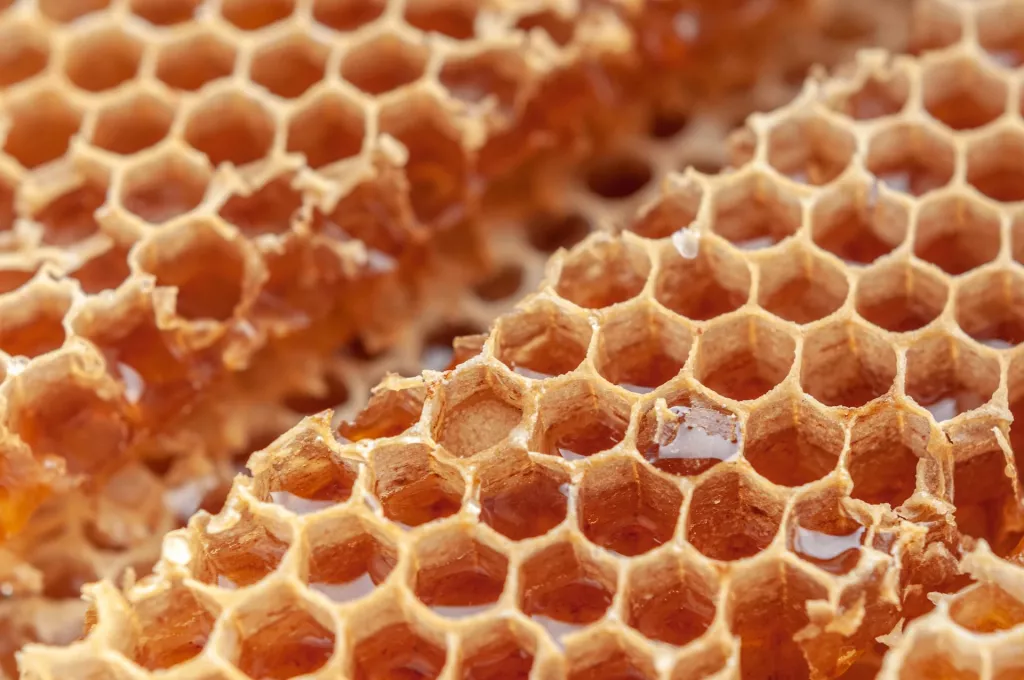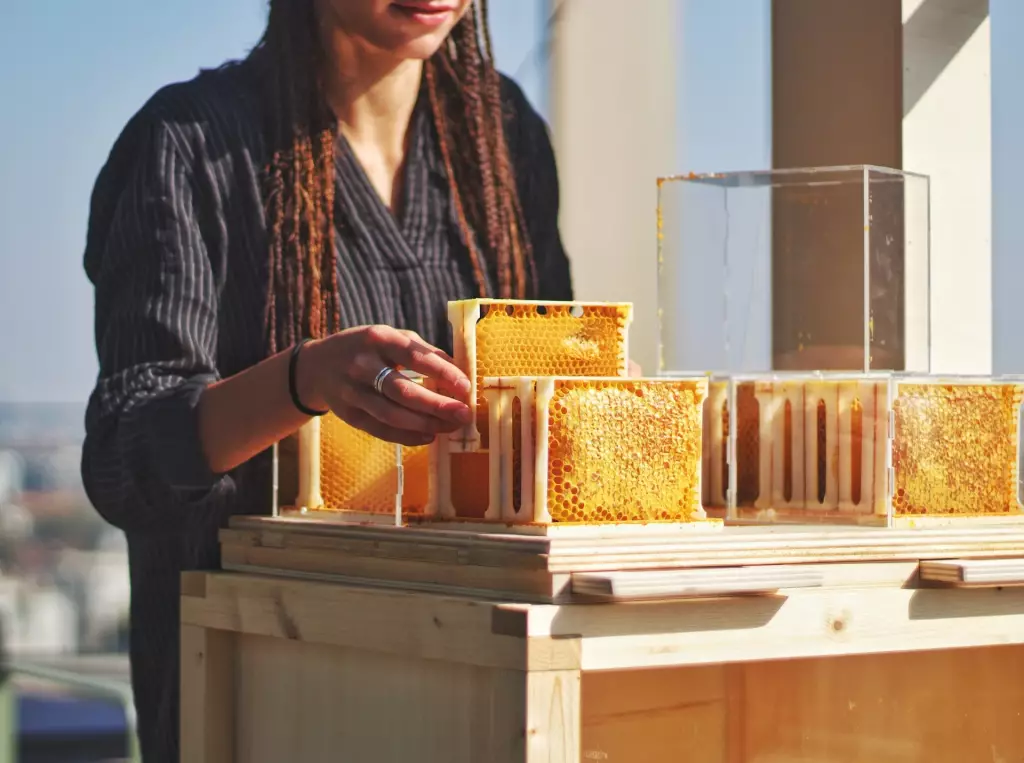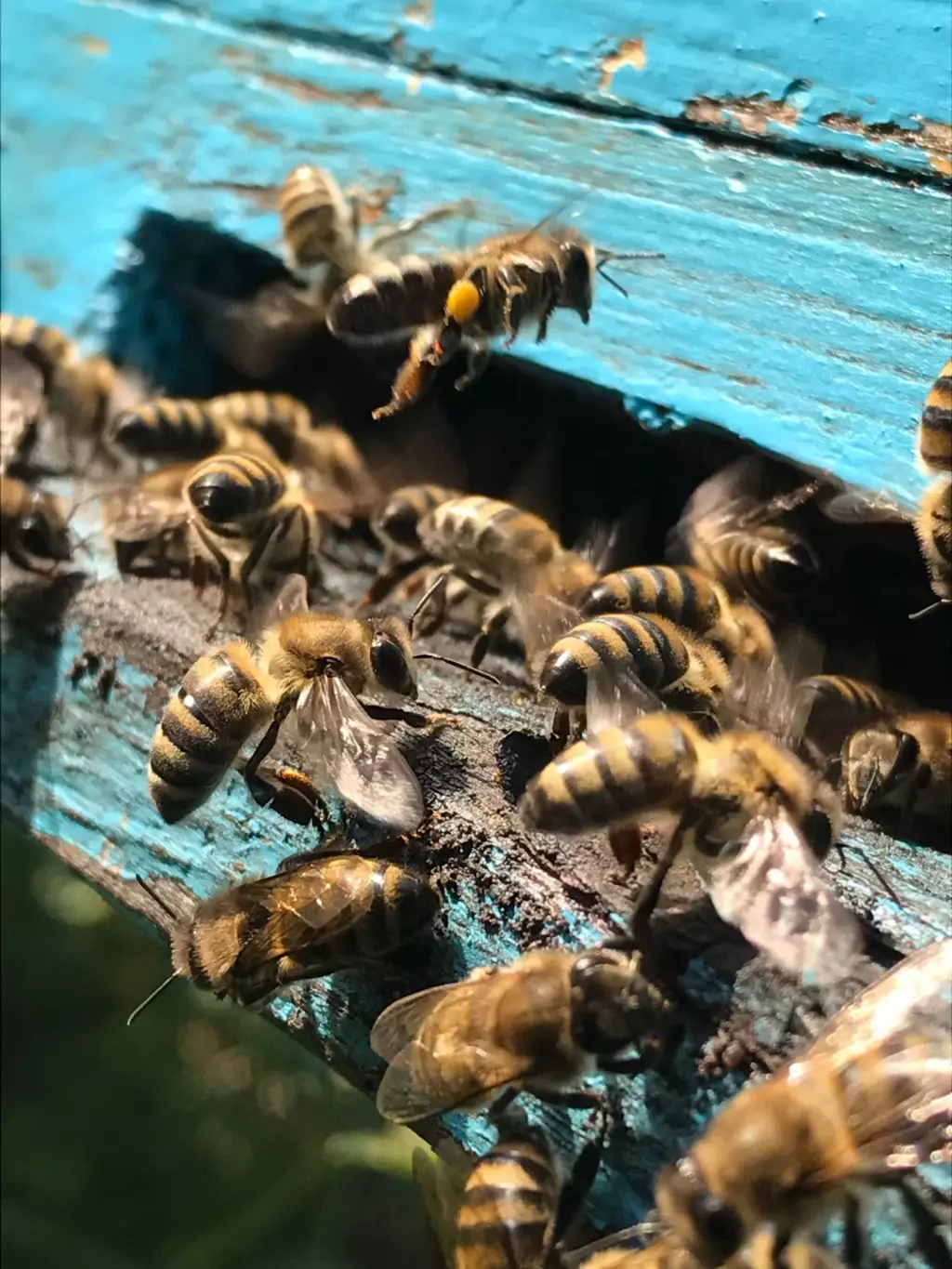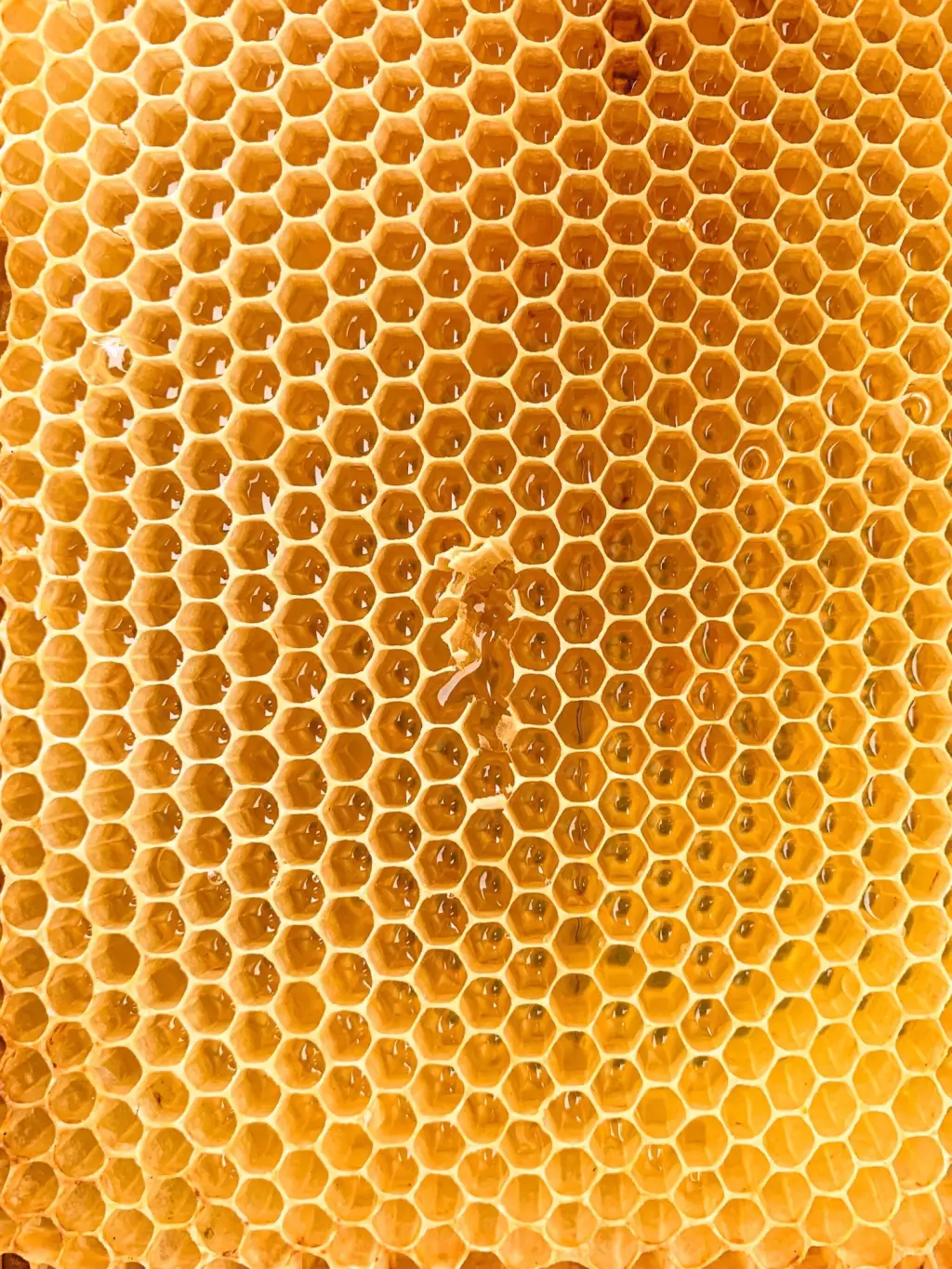Storing Wet Honey Supers - The Best & Easiest Way
After honey extraction, what remains is the accumulation of gooey, sticky frames. These uncapped comb frames, sometimes referred to as "wet" frames or supers, are a storage nightmare until they are completely free of any honey residue.
Honey supers or frames must be completely dry, with all the honey removed, before you can store them. Return the supers to your strong hives and allow the bees to clear away any residue. After a few days, collect them and store them in securely sealed boxes for the winter.
Honeybees are more than willing to carry out the task of cleaning honey supers. This is a fantastic technique that preserves honey and makes the job of the beekeeper simpler. However, it matters how you give wet frames to the bees.
Summary
- In order to guarantee that your wet honey supers are completely dry, place them over the hive's board.
- Wet supers are returned for cleaning after honey harvesting. After cleaning, dry supers are removed, stored, and protected from wax moth.
- To kill wax moth eggs and larvae, place your supers in the freezer for at least 24 hours.

On this page:
Can I Store Wet Supers?
Don't keep wet honey supers, or comb that has recently been extracted, in storage. Supers can get moldy and unsanitary if they are kept wet. It will develop mold, which attracts insects like ants. Due to the lingering moisture, some comb, brood, and honey will yet develop mold. This mold is neither dangerous to humans nor bees.
If you are unable to freeze the box and the frames together, insert the honeycomb frames into the boxes, then stack the boxes on bottom boards or a flat, firm surface. Boxes can be stacked most easily on flat surfaces like plywood. Cover screens with cardboard or another equivalent material if using bottom boards with screens. Cover any entrance on the bottom board.
Use duct tape to patch up any holes or damaged areas on boxes. Because duct tape leaves a sticky residue, use sheets of butcher paper or brown paper every five supers with moth crystals and paradichlorobenzene crystals in coffee filter packets under the paper, and let the propolis cling to both sides of the paper to close.
Coffee filters can be used to add paradichlorobenzene crystals to the top box before covering it with the lid. All gaps, screens, entrances, etc. must be sealed.
In order to hold the honey super box together, apply duct tape where the corners are broken. To store comb, use big plastic bins if they are available. You can let the comb air out for a few days before using it in the early spring.

Your garage or shed may harbor an infestation if an unprotected or unopened comb is present.
How To Clean Wet Honey Supers
After extracting, allow the bees to clean the wet empty supers. The bees are excellent at drying the supers, whether you want to give them back to the bees or keep them away from the hives. A stack of supers can be put on a hive and placed over an inner cover with a hole. In most cases, the supers will be dry the next day. To prevent robbing, it is best to put them on the hives late in the day.
Freshly extracted combs frequently present a problem. There are two lines of reasoning. The first method involves storing honey supers wet, and the second involves returning the wet supers to the bees for cleaning before storage.
Many of us prefer the second approach since any leftover resources in the combs might be useful to the bees, and the boxes are free of sticky honey. Robbing may result if wet combs are left open for bees to take any resources. Beekeepers employ a variety of techniques. Putting a honey super back on an active hive is the first step. Placing wet supers outdoors for forager bees to clean up is the second.
I
Return supers to the beehive
Strong hives will clean up wet honey supers very quickly. Putting the supers back on top of the hive for the bees to have direct access removes the need for bees to travel.
Opening the colony, placing the wet super on top of the hive, and eventually removing the cleaned-up super all take labor and time. The beekeeper must shake the bees out of the empty combs after their removal before storing them. The benefit of this strategy is that strong hive populations may deter scavengers like the wax moth and small hive beetles from destroying the comb.
Wet honey supers should be temporarily placed back on the hives beneath the outer cover for the bees to clean after extraction. It is advised against leaving wet, unprotected supers out in the open, as this encourages robbery.
Place the supers outdoors
Placing the wet honey supers in an open field far from the apiary will let the foraging bees find and clean the combs. Although this process takes a little longer, once supers are discovered, they may be suitable for long-term storage in a few hours or days. Since no hives need to be opened, very few bees will be left after the procedure is over, and all the boxes are in one location.

The fact that these boxes will be located far from the apiary reduces the likelihood of robbing. Beekeepers must be vigilant since the supers used in this approach are vulnerable to wax moth and small hive beetle infestations if left out too long.
The practice of leaving wet supers outside for bees to clean up after honey extraction may benefit the bees who clean them up, but it could interfere with nearby or weaker colonies and make them defensive. They might even be murdered or robbed. A lot of bee activity can also scare nearby neighbors.
How Long Does It Take Bees To Clean Wet Supers?
Placing wet supers inside your hives will allow the bees to clean them out in the comfort of their own hive for about a day. The wet supers should simply be placed on top of the hive, and inner and outer covers should be added as usual. If you are not experiencing a significant nectar flow, make sure to remove these cleaned-out supers after a few days.
After the honey has been successfully extracted, wet supers should be returned to the hives for cleaning out. It is preferable to wait until late at night to do this and then remove them a few days later for winter storage. It cannot be overstated how curious bees can be during this period, and how much easier it is to prevent robbing than to stop it.
If bee escapes are employed before harvesting and honey supers are basically left undefended by bees, beetles can cause unforeseen problems. Beetles can infest the honey house and soon spoil a sizable amount of a honey harvest if honey is removed from the hive but not extracted right away.
Wet honey cappings from freshly extracted honey are likewise very alluring and susceptible to beetle infestation. Bees will reject honey that has been contaminated by small hive beetles, and such honey is completely inappropriate for human consumption. It should also never be bottled or mixed with other honey when being packed.
What Can You Do With Wet Honey Supers?
For cleaning, bring them back to the hives and set them above the cover board with ventilation holes open. Cleaning boxes at the same apiary from which they were collected is a good idea, as it prevents the potential spread of diseases. Boxes should be put back in the exact hive from where they were taken if brood illness is a recent or ongoing issue.
The "cleaner" boxes should only be placed on the hives at nightfall, preferably on a chilly evening. The smell of exposed honey can send bees into a robbing frenzy if you're not careful, while feeding sugar syrup causes very few issues. Two days is more than enough time, and if the "cleaner" boxes are taken out first thing in the morning before the bees have even begun to fly, they will typically be totally free of bees.

Some beekeepers recommend wet comb storage to prevent wax moth damage, but to keep bees and wasps away, the boxes would need to be very tightly sealed. When the combs are pulled out of storage the next spring, they may appear rather bad, but the bees will rapidly clean them, so they may be used again
